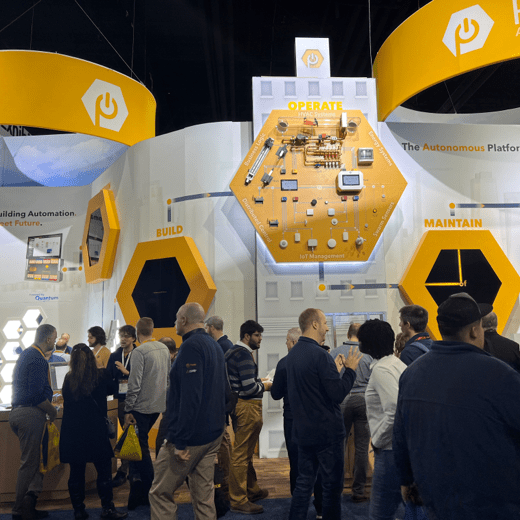Earlier this month a product, if you can call it just a product, launched that has the potential to be the future of smart building, and possibly leading the way to smart cities. Since it’s inception in 2016, Passive Logic has raised $80 million in total funding, with $15 Million of that coming in 2022 via a strategic investment from NVIDIA, claiming it is looking to strategically integrate PassiveLogic with it’s Omniverse platform. We will take a look at some of the core aspects of PassiveLogic, of which are many.
The premise is pretty clear for Passive Logic – buildings are the number one consumer of energy and their in-efficiency puts them in a position where optimizing that energy usage can provide the biggest savings in energy usage, saving the need to create that energy and saving the cost for building owners to run their buildings and businesses. Passive Logic has created an extensive product, or eco-system may be a better word for it, to solve these issues.
Below are the main components of this system:
Hive Platform – Thing of the Hive Platform as your hub. You can now add sensors and automous control in an advanced building controller. This takes building controllers to new level, and opens up the world of building autonomy. These Hives can also communicate with eachother, creating an advanced interconnected system.
Quantum Digital Twins – Digital twins are when you create a computer model that represents the actual physical structure in real life in precise detail. PassiveLogic has created the first API for buildings to make this possible, and they call it Quantum. This system allows developers to design automation solutions and services by modeling the building, your house for example, and then using that model to make changes and automation of that home in the physical world.
Autonomy Studio – The Autonomy Studio allows you to leverage Quantum, with a intuitive UI. You can literally create your own digital twin in an innovative, simple, and visual way. You can now create you own home via Autonomy Studio. If you have the proper sensors and infrastructure, you can now take that model and run your actual home, business or skyscrapers. This allows you to optimize everything in the building, leveraging AI for optimal efficiencies.
Differentiable Swift – Is differential Swift the best programming language? It has speed and specs that are unrivaled in coding. It’s real time compiling and speed makes it a solution that makes advanced AI automation able to get the next level, fixing constraints that other code types may create by having a sheet speed benefit. There is a reason was Apple us SWIFT centric, and PassiveLogic is looking to take this to the next level.
Quantum Lense– Quantum Lense is a mobile application that allows you to scan your building and help you actually create the finite detail of your buildings, opening up the ability to make advanced digital twin systems. This scanning is an integral component of accurately creating autonomous smart buildings, as it takes the real life layout, and creates it’s digital pair.
Building Studio – Building Studio essentially allows you to create detailed blue-prints of your location, and layout the entire autonomous building and sensors. This will also run advanced simulations on these lay-outs, and set the path for peak efficiency and optimal systems management.
SenseTouch – Think of SenseTouch as an advanced smart thermostat, that integrates your entire smart building infrastructure. It allows you to have the advanced autonomy and information available to you in your room directly, and also provide more traditional type controls for on-demand adjustments to your autonomous systems.
Quantum Creator Software – Quantum Creator is a more CAD Like system that allows you to do additional AI training and layouts. This allows you to build more autonomous code libraries, and allows you to share these benefits with the PassiveLogic community.
It is truly and advanced system and leads the way to the next chapters of humanity and energy conservation. We have merely scraped the surface of this system here. More detailed information can be found in PassiveLogic’s launch video below from November 2nd, 2023 and their website Passivelogic.com.
Source(s):Passive LogicVentureBeat.com

